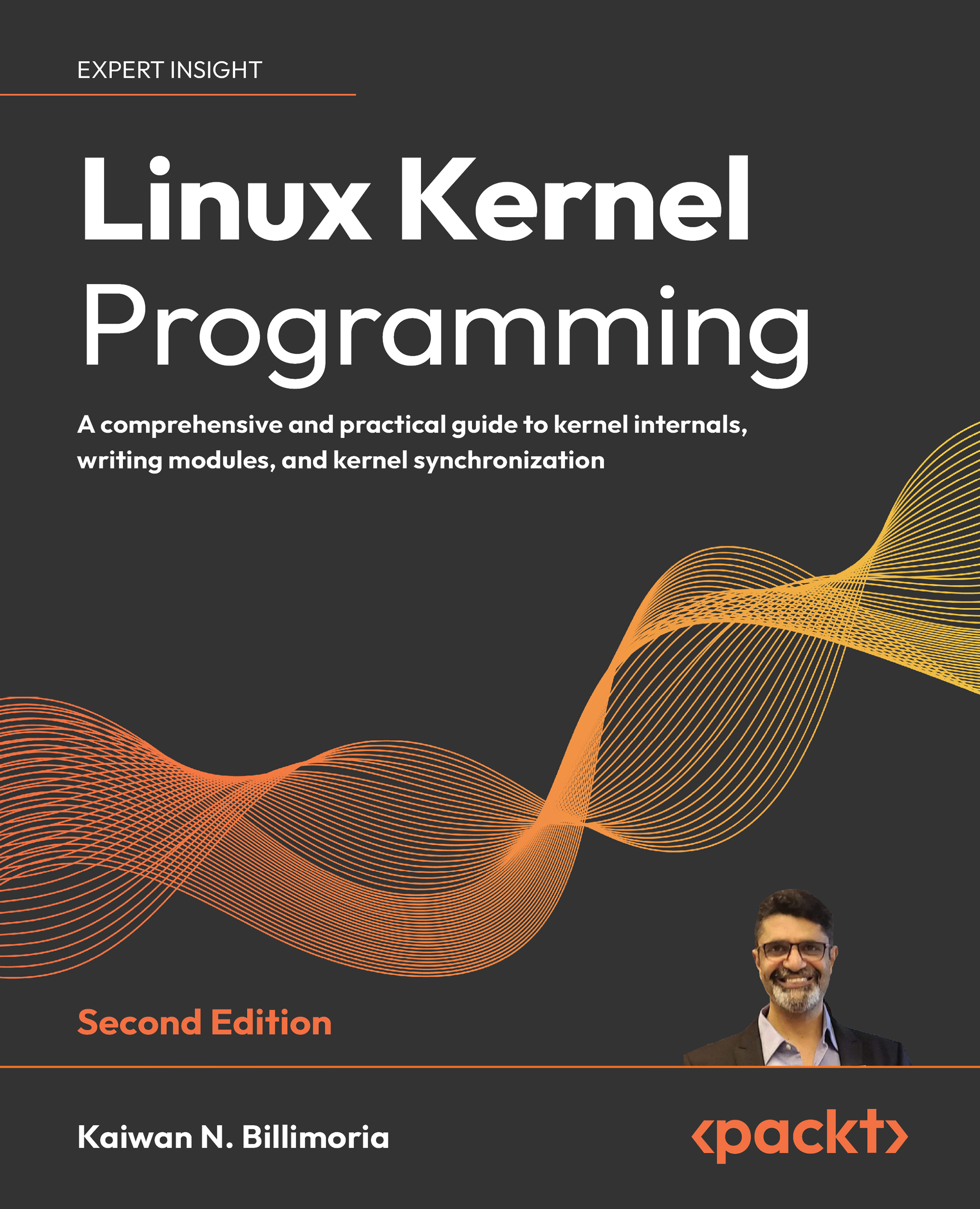Summary
In this, our second chapter on CPU (or task) scheduling on the Linux OS, you have learned several key things. Among them, you learned how to programmatically query and set any (user or kernel) thread’s CPU affinity mask; this naturally led to how you can programmatically query and set any thread’s scheduling policy and priority.
The whole notion of being “completely fair” (via the CFS implementation) was brought into question, and some light (quite a bit!) was shed on the elegant solution called cgroups (v2), which is now deeply embedded into the Linux kernel. We covered how systemd helps auto-integrate cgroups into modern distros, servers and even embedded systems, automatically and dynamically creating and maintaining various cgroups (via its slice and scope artifacts). You even learned how to leverage the cgroups v2 CPU controller to allocate CPU bandwidth (or utilization) as desired to processes in a sub-group, both via systemd unit files...

































































